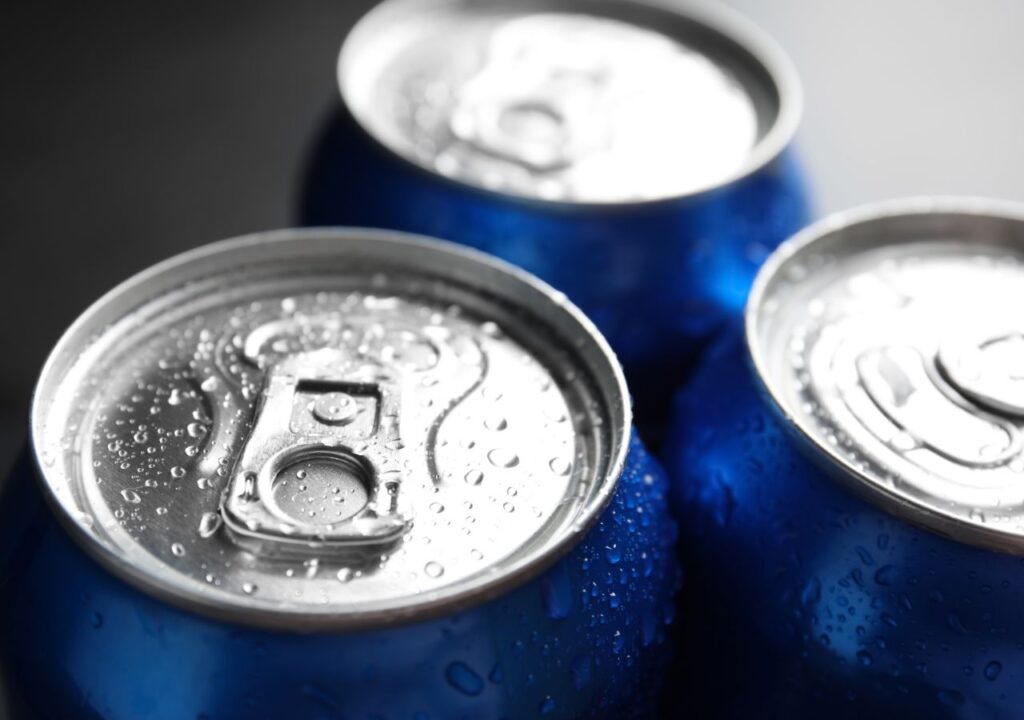The Pepsi Syringe Scare: How a Media Frenzy Nearly Took Down a Giant


It was summer in Tacoma, Wash., and the can hissed as it opened. Carbonation, rushing to escape. A sip, the artificial sweetness of aspartame, the familiar bite of Diet Pepsi. Then—a pause. A double take. Something inside the can.
The story that would send Pepsi into full-blown crisis mode began in the most mundane way imaginable. It was June 9, 1993, when a 31-year-old woman in Washington claimed she had found a syringe inside her Diet Pepsi can. Within days, similar reports surfaced across the U.S.: a retired auto worker in Wisconsin, a schoolteacher in Illinois, a factory worker in Florida.
By the following week, 50 reports had been filed in over 20 states. On the evening news, anchors grimaced as they held up grainy footage of a needle allegedly submerged in caramel-colored soda. Government agencies got involved. Pepsi executives, watching from their corporate offices in Somers, N.Y., could do little but brace for impact.
A product contamination crisis is a PR catastrophe—especially in the food and beverage industry, where consumer trust is fragile and public memory is long. Tylenol’s cyanide-laced capsules in 1982. Odwalla’s E. coli outbreak in 1996. Chipotle’s repeated battles with norovirus. These events weren’t just scandals, they were existential threats.
But Pepsi was different. There was no recall. No corporate apology. No shift to damage control. Pepsi’s response was aggressive, even defiant.
And against all odds, it worked.
The Anatomy of a Public Panic
1993 was a different time. The 24-hour news cycle was still relatively new. There were no viral tweets, no trending hashtags—just television, newspapers, and the creeping sense that, if something terrible could happen to one person, it could happen to anyone.
The reports spread fast. The FDA issued warnings, and stores began pulling Diet Pepsi from shelves. Pepsi’s sales plummeted overnight. This was the worst-case scenario for any brand: national fear, reinforced by nightly news segments, amplified by every new claim.
Then came the surveillance footage.
The FDA had begun investigating every case, and in a Colorado supermarket, security cameras captured a woman at a checkout counter. She was holding a can of Diet Pepsi, seemingly tampering with it. The footage showed her inserting a syringe into the can herself—right before she handed it over to the cashier as “evidence.”
It was a game-changer.
Pepsi’s Counterattack
Most companies in this situation follow a predictable pattern: issue a carefully worded apology, recall the product, assure the public they are taking it seriously, promise change.
Pepsi did none of that. Instead, they fought back.
They launched a video campaign showing exactly how their cans were manufactured—air-tight, upside down, sealed at the factory, making it physically impossible for a syringe to be inside. Pepsi executives didn’t just refute the claims, they framed the entire scandal as mass hysteria, a wave of copycat cases fueled by media sensationalism.
And they were right. Not a single claim was proven true.
The FDA confirmed it. The initial reports were hoaxes, a bizarre case of self-inflicted consumer sabotage, where people—perhaps chasing a settlement or a moment of attention—tampered with their own cans. Pepsi’s decision to stand its ground, rather than cave to pressure, saved the company from a costly recall and reinforced its reputation for corporate toughness.
By the end of the month, the crisis was over. Pepsi’s stock rebounded. Sales stabilized. The public moved on.
The Role of Media Hysteria
Pepsi didn’t just battle consumer fears, they battled the press. The media landscape of 1993 wasn’t as fragmented as today’s, but the fundamentals of a PR crisis remain the same:
- A single claim gains traction
- It spreads through multiple outlets
- The company is put on the defensive
- The damage is done before the truth catches up
Had Pepsi tracked the emerging reports earlier, logged the patterns and identified inconsistencies in claims sooner, they might have controlled the narrative before it spiraled. The real crisis wasn’t the syringes—it was the inability to get ahead of the misinformation.
Lessons in Crisis Response
Pepsi’s uncompromising stance worked because the company had facts, video evidence and government confirmation on its side. But not every company gets that luxury. In many cases, organizations lack the internal systems to track, analyze and respond to media narratives in real time.
This is one of the reasons we built Broadsight Tracker—to ensure teams never lose control of the media conversation. With every journalist inquiry, media mention and emerging issue tracked in one place, teams aren’t left scrambling to reconstruct a timeline after a story has already spun out of control.
Pepsi had video footage and federal investigators to debunk the claims. Most companies don’t get that level of intervention. In today’s media environment, where false narratives spread in minutes, having a structured media response system isn’t optional—it’s survival.
Pepsi got lucky. Will your company?
Request a demo of Broadsight Tracker today.
Receive our newsletter
Sign up below and we’ll be in touch with monthly updates about Broadsight Tracker, along with news and insights to keep you on the cutting edge of communications work in an AI era.